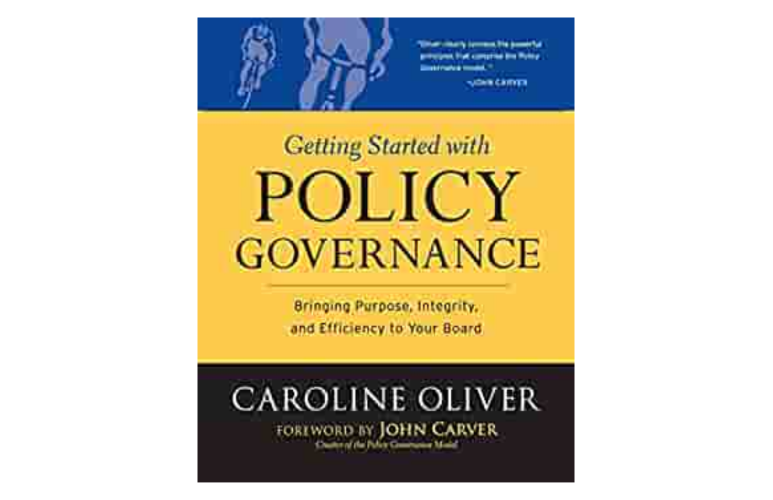Vision, mission, fundraising, delivery – all are abiding features of nonprofit organizations.
One of the important elements of running a nonprofit well having a solid basis for converting intention into action.
Caroline Oliver discusses this in her book Getting Started with Policy Governance. Oliver defines policy governance as a complete system through which boards can conceptualize, organize and fulfill their mandate. The components of policy governance are:
- Define the difference your owners want you to make. It starts from the overall perspective in which the organization is merely a vehicle for delivering the benefit that the owners seek.
- Assign responsibility for making that difference. The board must determine who it is going to make responsible for achieving its ends.
- Limit the authority that goes with the responsibility as minimally as you can. The CEO needs to be free to take the quickest route available at any time, unless doing so would put the organization in legal or ethical jeopardy.
- Put everything in a comprehensive yet concise written policy.
- Delegate within “Any reasonable interpretation.” This means that delegates must always must be in a position to prove that they are operating within a reasonable interpretation of the board’s policies.
- Be sure you are making the difference your owners want. Policies must be used, and that can’t be known unless they are monitored.











